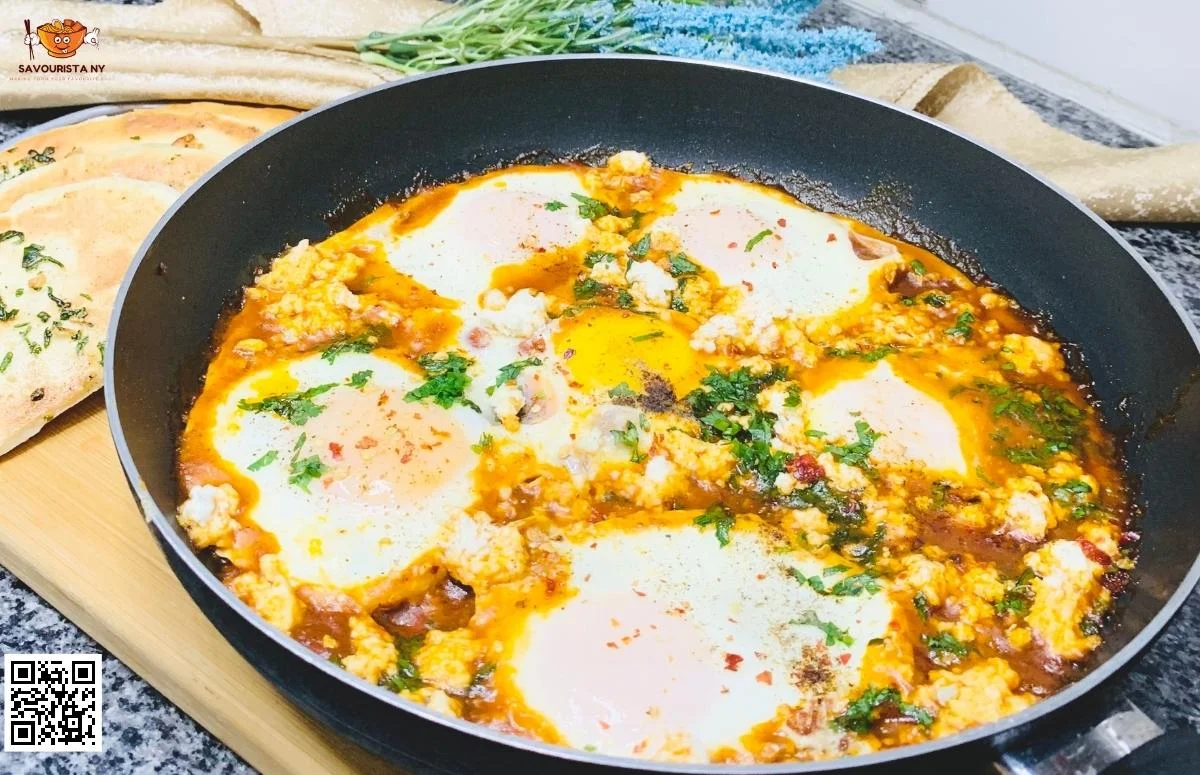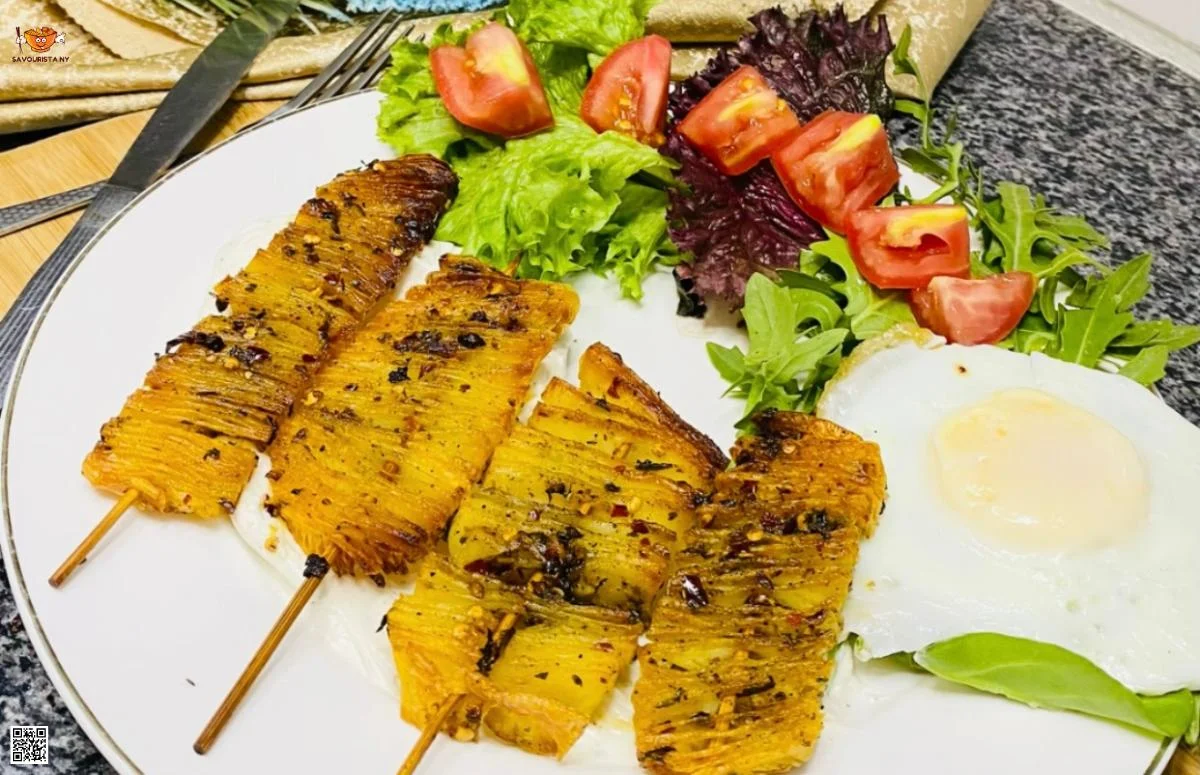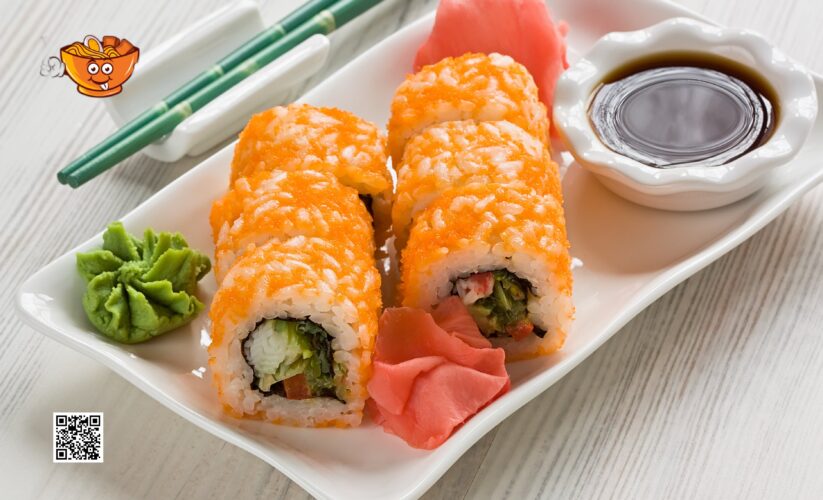
Define Masago: The Tiniest Sushi Ingredient Revealed
Do your seafood cravings kick in out of the blue and is Sushi your favorite too? Have you realized a significant ingredient in sushi is masago? So how to define Masago’s part in our seafood delicacies? It’s the key ingredient coming from the roe of capelin that doesn’t only impart taste but also visual aesthetics.
You can add it to your daily cooking, but Japanese cooking has a special fanbase due to the addition of sushi. Its unique taste and pretty color attract consumers and moreover, it has lots of protein, healthy fats, and essential vitamins and minerals.
It has its benefits in improving heart health, and strengthening bones and is pretty safe for pregnant women due to low levels of mercury.
Buckle up to know how we define masago, whether is it healthy, how it’s indulged in different recipes and cuisines. Is it the same as tobiko and can the vegans eat it too?
Define Masago: A Sushi Ingredient
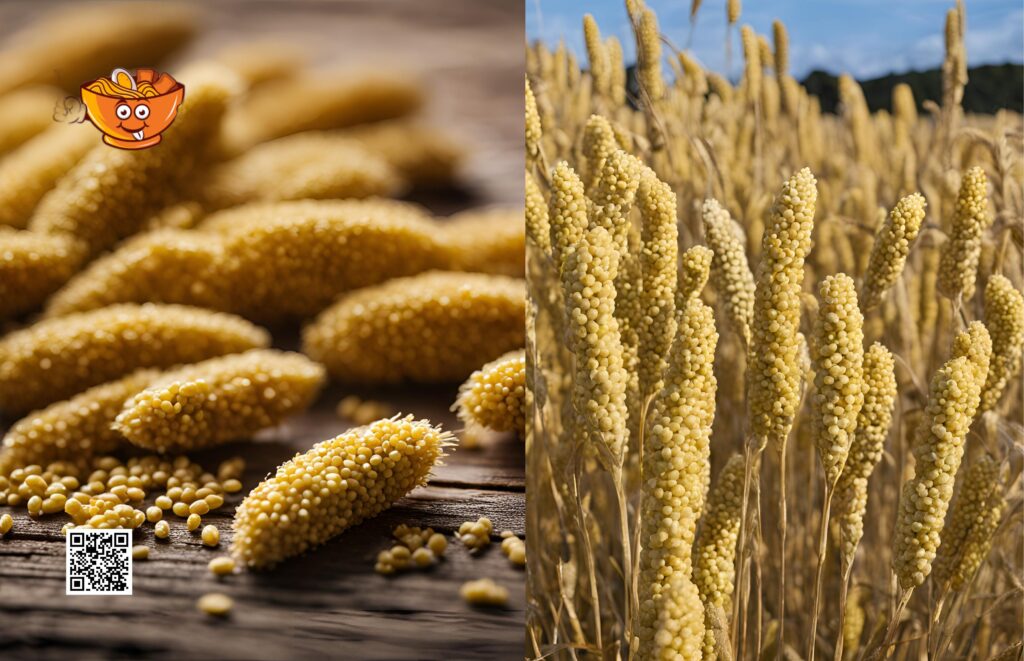
Masago has been used in different types of sushi as a delicious topping. Its roe of small capelin fish and is found in the North Atlantic Ocean. Are you confused about capelin? They resemble sardines in size and color but again unlike sardines, capelin isn’t harvested for meat but for its roe and its use in fish oils.
Like fish eggs, masago also has a salty taste but it has no crunch, in fact, its texture is pretty smooth and uniform.
It’s yellowish but typically red before adding to sushi. It’s usually dyed red, bright orange, green and black.
Where did it originate from? The capelin fish aka forage fish is food for seals, codfish, seabirds, and whales. It is found in the cold waters of Norway, Greenland, and Iceland. This species of smelt lays its eggs on gravels of breaches or inshores. The capelin’s meat isn’t particularly desired but the roe is of significance as it compliments ginger, squid ink, and wasabi.
Make Japanese-Special Masago Sushi Under 1 HourIs Vegan Masago a Thing?
Masago might be a decent choice for carnivores but what about vegans? Do they have to skip it? Good news, absolutely no they don’t really need to be an outcast.
Define Masago vegan substitute, It’s Tosago, a relatively new product in the market, which is all set to let vegans garnish their rolls with aplomb.
This substitute is a vibrant colored, made from seaweed but is fairly distinguished from the real thing. It’s dyed like real masago but using natural colorants so it doesn’t come off on food. It lasts pretty long, almost 18 months if not opened. It’s a perfect addition to our next delicious cucumber avocado roll.
Masago vs. Tobiko: What’s the Difference?
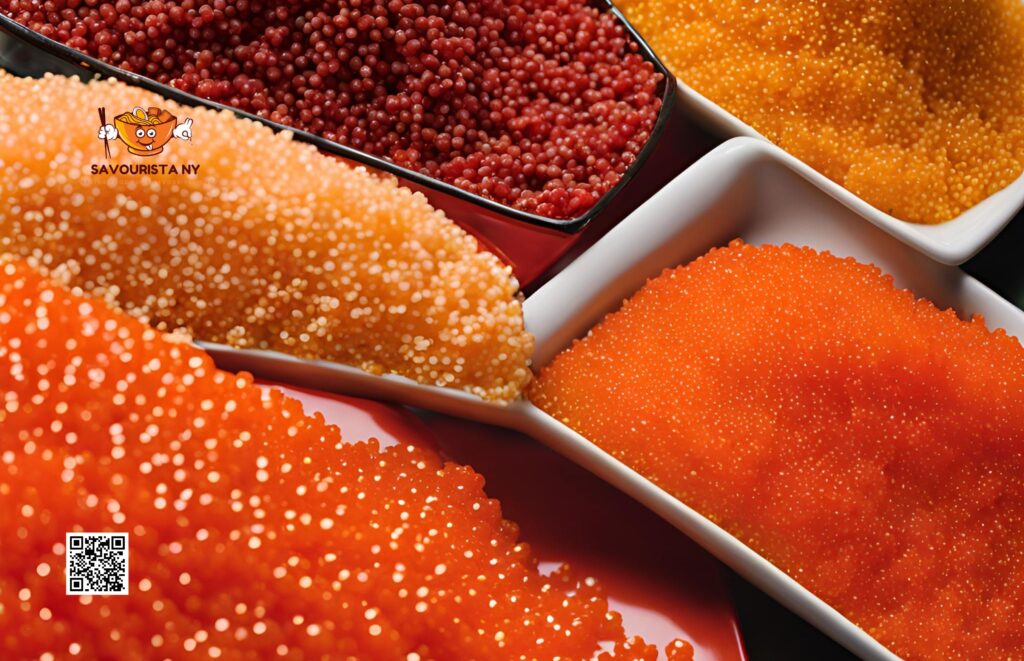
Although both are fish eggs and used interchangeably in cuisines, they are way different in terms of color, size, and texture.
| Masago | Tobiko |
| It’s naturally pale-yellow coloured but dyed black, orange, green and using Yuzu and citrus fruits. | It’s naturally golden-colored and dyed bright orange, wasabi colored i.e., green and black. |
| It is a roe of smelt. | It is flying fish roe. |
| Masago is cost-effective. | Tobiko is more expensive than masago. |
| It has a mild texture. | It has a crunchy texture and gives a ‘pop’ sound. |
| It is small-sized just like sardines. | It’s larger than masago. |
How To Choose Masago Correctly?
How you can define masago buying strategies. There are certain tips you need to keep in mind while buying masago from your local market.
- Steer clear if the eggs look dull, withered, and brown. Each individual egg must be distinguished instead of looking like a big lump.
- Use a high-quality roe as some recipes may call a thicker layer covering the entire outside of the roll. So, it must be best in both visionary and culinary sense.
- Buy fresh masago that smells like the sea. The crunch must be there along with flavor.
- Always ask for expiry and origin that hints about its sustainable import.
Is Masago Healthy?
Regardless of its use in small amounts, it gives plenty of nutrients. How can you define masago benefits? It’s calorie-deficit but the nutrient profile is still noteworthy.
High in Vitamin D
It’s a great food source of vitamin D which the body requires to absorb calcium that’s utilised by bones and muscles. Its deficiency causes depression, insomnia, and osteoporosis.
Rich Source of Omega-3
You’d like to know that the richness of these fats reduces blood clotting and inflammation. It helps with the regulation of heart health.
Low Level of Mercury
Fish like mackerel have plenty of mercury but capelin due to its smaller size has a minute amount. Is masago safe for pregnant women? The fish roe is relatively safe for pregnant women to consume.
How To Use Masago in Japanese Cooking?
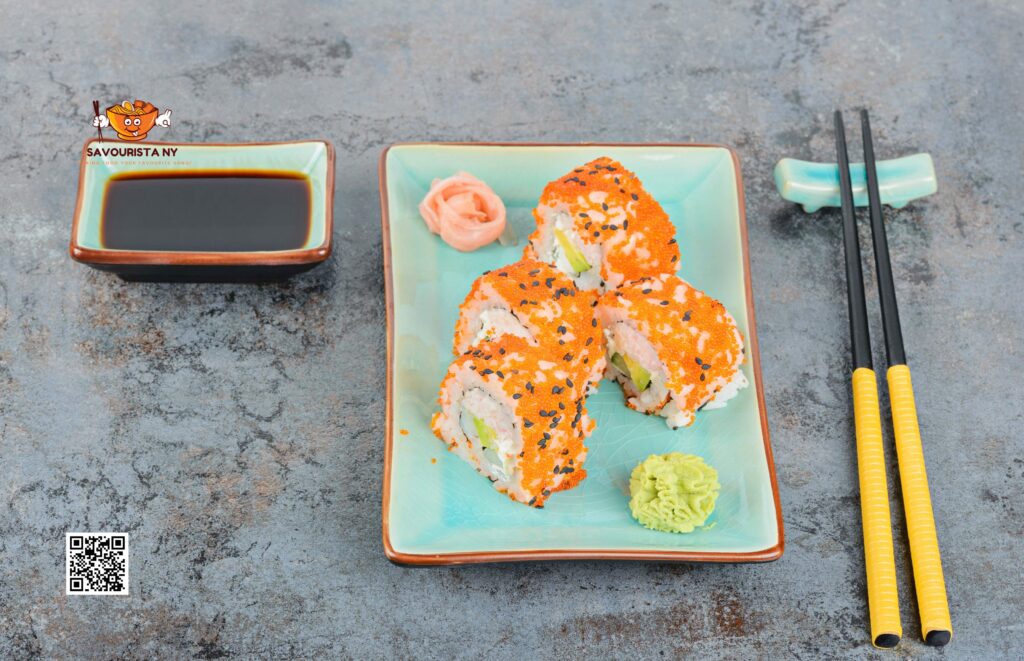
- Here’s the juicy part: how masago is used in cooking? The obvious use is adding it either on top, rolling it into rolls or garnishing hand rolls i.e., Temaki.
- How we can define masago’s role in pumping up the texture profile. Well, it adds a good texture to spicy tuna mixes and mayonnaise-based dippings.
- It’s often mixed up with seaweed salads, especially in Gunkan-style sushi where a cup using a strip of seaweed is served.
- Ever wondered how spicy mayo mixed up with sushi? The sriracha mayo is mixed with the mild, salty ‘pop’ of masago and creates a perfect flavor. How is this masago sauce used? It’s served with spicy tuna rolls or tempura shrimp rolls.
- Masago is served with sushi rolls and better amps up sashimi i.e., slices of raw fish.
Bottom-line
With plenty of marketing and the latest seafood menu, we often wonder what exactly is masago. How to define masago and its origin? It is the roe of smelt, pretty affordable, the size of sardines, and found in cold waters of Iceland, Greenland, and Norway.
It has a mild texture, with no significant crunch, and is dyed pretty colors so gives an aesthetic appeal to food. It’s a rich source of vitamin D, Omega-3 fatty acids, vitamins, and minerals and contains relatively less mercury.
You must buy high-quality, fresh roe which is pretty distinguishable. The aroma of raw roe of smelt must be like the sea. Masago is an essential part of Japanese cuisine, as it is served along with Temaki, sashimi, and tuna mixes, and mixed up with seaweed salads.
FAQs
Is masago gluten-free?
Masago is naturally gluten-free unless it’s prepared with soy sauce which is often used in curing. Check labels while buying, if you are gluten-intolerant.
Can you eat masago raw?
Yes, it’s usually served raw and no scientific evidence suggests it may pose any harm this way. Fish roe is safe to eat raw but people allergic to fish should avoid it.
For more info visit SavouristaNY.com



